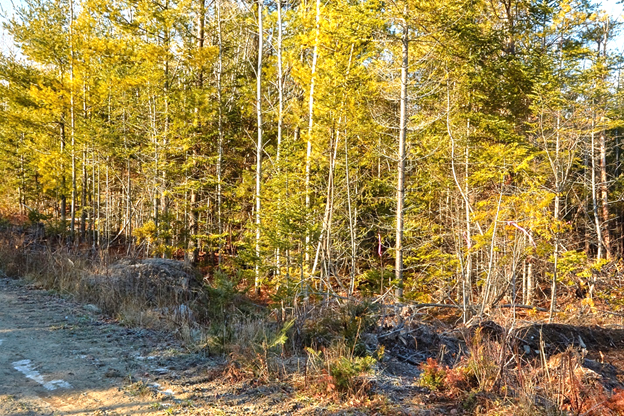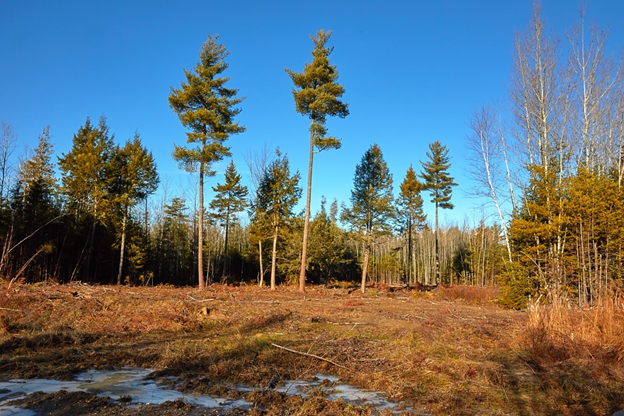DACF Home → Bureaus & Programs → Maine Forest Service → Projects → What will my woods look like? → Patch Cut with Retention: Young sapling stand
Patch Cut with Retention
Site: Young sapling stand
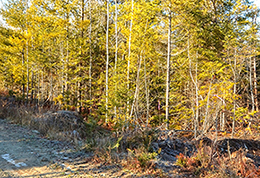
Woodland Owners’ View
Each bird species like a particular kind of tree and/or stand. Woodcock like open spaces where they can easily fly for their courtship dance. This stand is over grown with too many saplings so something needs to happen.
Logger’s View
Small stems like these aren’t real money-makers, but by cutting all of them in a small area next to the haul road, and using what markets there are for biomass chips, this work can be done without having to charge the landowner anything.
Forester’s View
This stand could be non-commercially thinned, but since there is a lack of open ground and low cover in this forest, and the landowner has a specific wildlife objective of managing for woodcock, a small patch cut (less than five acres) is in order.
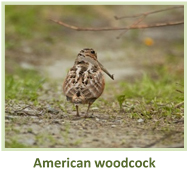
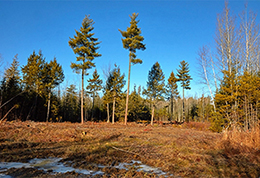
Woodland Owners’ View
Well done job. The pine trees will grow larger and will make seeds to regenerate the stand. In the meantime, woodcock have happily returned to this area.
Forester’s View
Very clean patch opening. Retaining the handful of pine trees to grow larger will bring more income during a later harvest, meanwhile providing a valuable seed source for the regeneration of the patch. This will be an early successional stand surrounded by an otherwise mid-successional forest.
Wildlife Outcome
Besides woodcock, many other species will use this opening. Raptors and other predators will hunt it; songbirds such as the chestnut-sided warbler will provide low cover for snowshoe hare and other small mammals, which in turn are food for lynx, bobcat, etc. Deer and moose will browse along the edges eventually.
Equipment Used
Tracked feller buncher, grapple skidders, and commercial chipper.
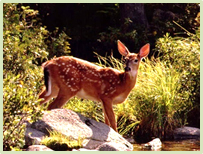
Location:
Wells Demonstration Tree Farm, Milford and Greenfield
Pam and Bryan Wells
http://wellsforest.com/
pwells@oakleafs.com
